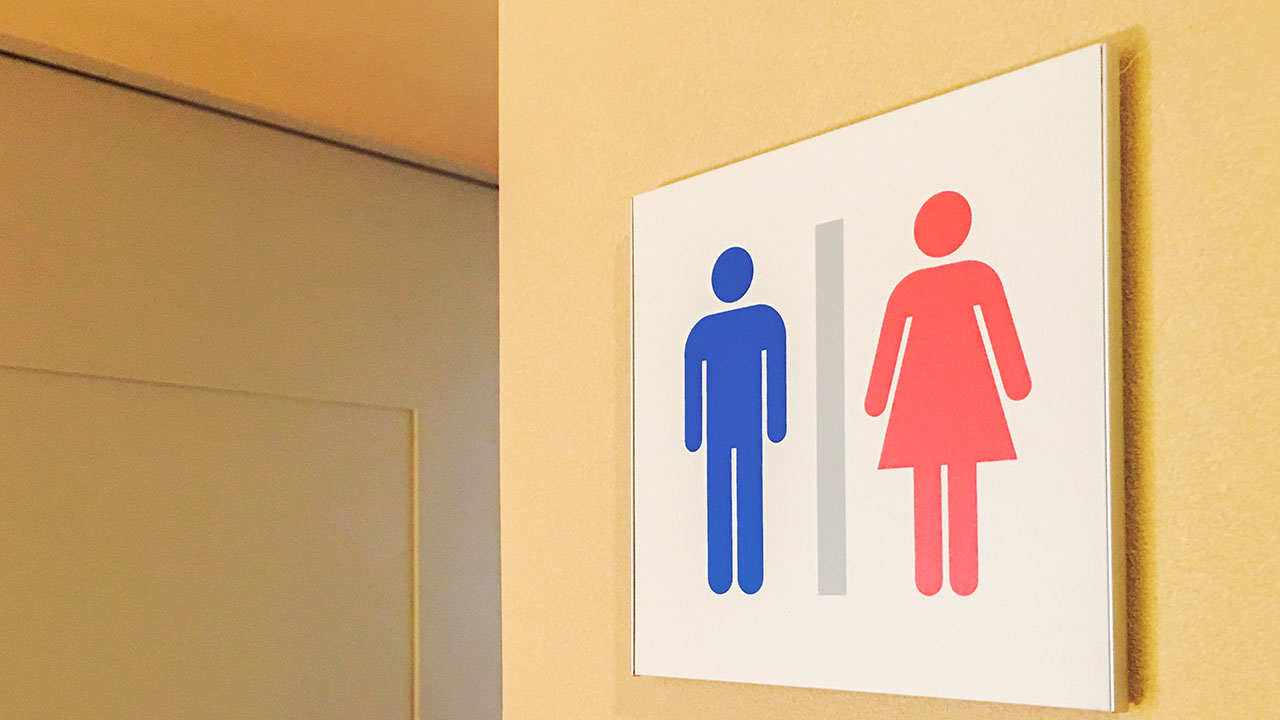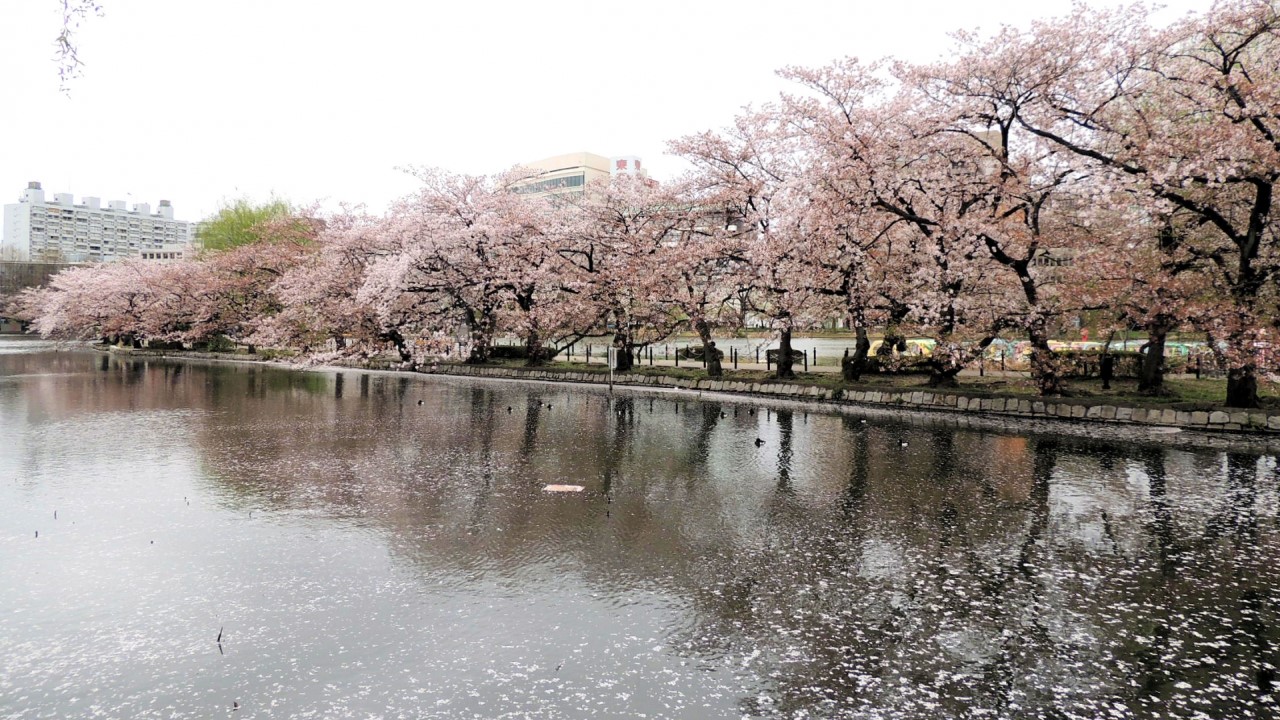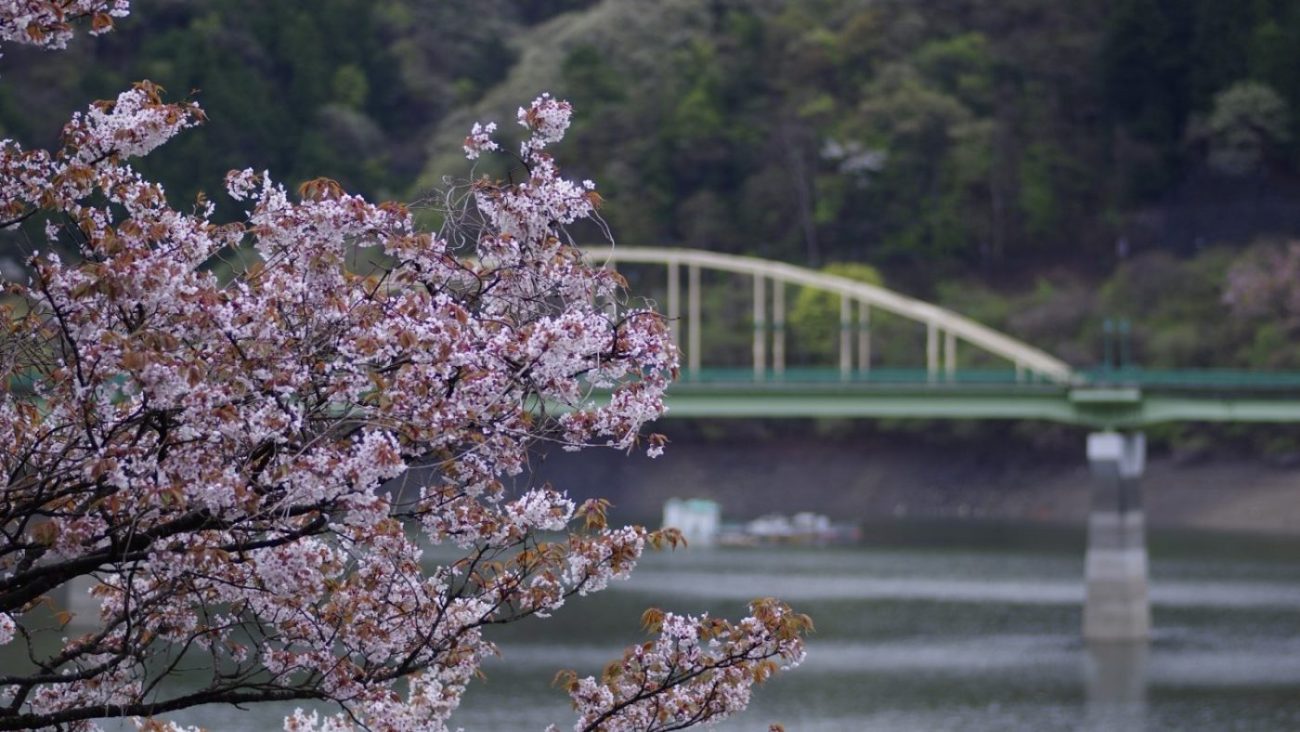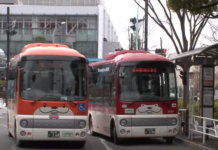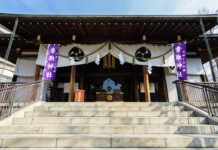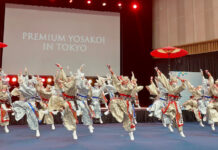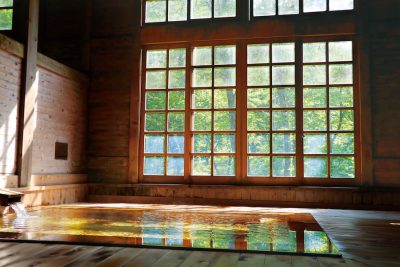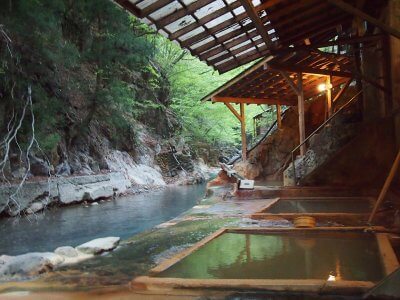There are many things to keep in mind when traveling to Japan. It is a high-tech country with a completely unique culture and a lot of surprises. Although Tokyo is one of the most popular tourist destinations in the world, it can nonetheless be a challenge to figure out for first-time travelers. Pocket-Wi-Fi, public transportation, and the vending machines can turn out to be much more complicated than unsuspecting first timers may anticipate. And yes, this even includes Japanese public bathrooms.
For a comfortable experience in using public bathrooms in Japan
Even for those who have experience traveling in Asia, Japanese public bathrooms can come with extra complications. From the traditional, squat toilets that can be found in many parks to the incredibly modern, multi-option bidet and flush functions that can be found in stations and businesses, there are myriad ways for the unprepared traveler to find himself or herself at a loss when facing Japanese bathrooms. Even washing and drying one’s hands can become a more complex process than one would expect. In order to avoid confusion and unneeded stress for our readers, we have put together a number of tips to ease your Japanese bathroom experience.
Japanese Public Bathroom Tip 1: Learn to Squat
The traditional Japanese toilet resembles a simple hole in the ground. While it usually has a ceramic bowl similar to western toilets, this bowl is oblong in shape and embedded in the ground. The flushing handle stands in front of the bowl, and when flushed the water runs in a direct line from the front of the bowl to the back, flushing the contents into the underground piping through a hole in the back end. At first, the entire contraption can be confusing to anyone who hasn’t seen it before. Additionally, to those who are accustomed to using western seat-style toilets, it can feel fairly awkward to use at first. The actual application is mechanically uncomplicated, as the user simply squats over the rectangular bowl with his or her feet placed on either side. However, many westerners are not used to this motion, and for those with knee complications or weight issues, it can be quite difficult. Fortunately, there are very few Japanese public bathrooms that only offer these traditional Japanese-style toilets, so travelers will rarely find themselves in a situation in which they are forced to use one. That said, attempting the Japanese-style toilet can be a cultural experience in and of itself!
Japanese Public Bathroom Tip 2: Know Your Bidet Buttons
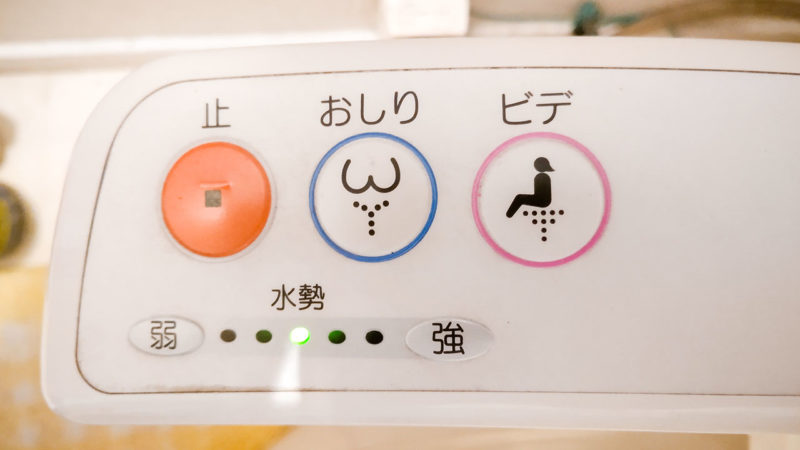
Although the old-school Japanese-style toilets can still be found in many places, much more common are the modern, hyper-advanced, bidet-equipped, western-style toilets. (If you think that’s a lot of descriptors, just wait until you see how many buttons these things have.) These toilets can be found in most stations and places of service around Tokyo and other cities in Japan.
They are often eco-friendly, offering a light flush option to waste less water. However, in addition to the multiple flush options, they also offer bidet functions of various kinds, and sometimes water pressure and temperature options, as well. The following are some of what you may find on a modern toilet in a Japanese public bathroom:
ビデ - “Bidet”.
Contrary to what the name indicates, this button does not actually activate the typical bidet function. Often indicated with the red icon of a woman, this function is specifically designed for female users.
おしり - “Oshiri”.
This is the Japanese word for “buttocks”. The button, indicated with the icon of a blue person (or bum) and a direct stream of water, offers the traditional bidet function.
やわらか - “Yawaraka”.
The Japanese word for “soft”. This button is also indicated with a blue icon and a stream of water that fans out in a pyramid shape. The water pressure is less direct and intense than that of the “oshiri” function.
止 -"Tomaru"
This is the Japanese kanji meaning “stop”. It is usually accompanied by a square icon and either the icon or the button itself will be orange or red in color. This button stops all bidet functions.
流す - “Nagasu”.
Finally, the flush button. If there are multiple flushing options, you will also likely see a button indicated with a 小 or a 大. The former is the Japanese kanji meaning “small”. This is your eco-friendly flush option and will use less water. The second character is the Japanese kanji meaning “big”. This button will activate a regular flush using more water.
Japanese Public Bathroom Tip 3: Bring Your Own Hand Sanitizer
Possibly one of the most shocking things to western travelers about Japanese public bathrooms may be the lack of hand soap dispensers. Especially given Japan’s reputation for being a very clean country (and given the many ways this reputation holds true), it would seem a given that all bathrooms should be equipped with hand soap or, at least, hand sanitizer. However, many bathrooms simply don’t offer these things, although that has been changing in light of the recent COVID 19 outbreak. Nonetheless, hand soap is in no way guaranteed in any restrooms, especially for those in rural areas. Thus, for travelers who want to be extra hygiene-conscious, it is a good idea to bring your own hand sanitizers or hand soaps.
Japanese Public Bathroom Tip 4: Bring Your Own Hand Towel
In addition to lack of hand soap, westerns may be taken aback by the lack of hand drying options in Japanese public bathrooms. Again, as Japanese cities grow more and more modern, more and more of the public bathrooms are becoming equipped with automatic hand dryers. However, they are not always functioning, nor are they likely to be offered in parks or rural areas. As such, travelers are advised to bring their own small hand-towels with them. Or better yet, pick up a Japanese hand towel. It’s one of the daily staples of Japanese natives, used for drying their hands in public bathrooms as well as myriad other uses, and makes for a great souvenir!
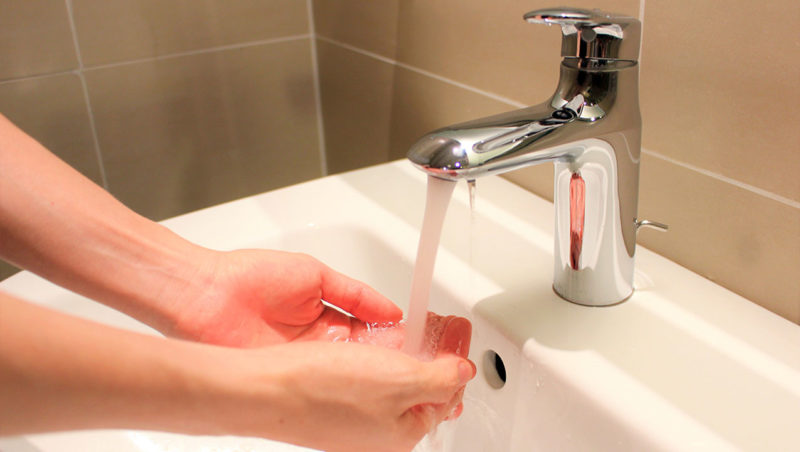
Whether you are a first-time traveler to Japan or a seasoned Tokyo travelite, navigating Japanese public bathrooms can offer its share of complications. We hope that these tips will help ease our readers’ experience and demystify some of the process. And here’s one more to take with you wherever you go: treat it as an adventure!
Happy Travels!

Johanna Collier
Johanna Collier is an American writer based in Tokyo. In addition to writing for Japan-based travel and gaming industries, she is active in the Japanese entertainment industry, regularly training in action, stunts, dance, and other performance arts. She is also an avid and adventurous foodie and culture lover and is always on the lookout for a new adventure.
*Disclaimer:
This article was written by an outside writer, and WAttention is not responsible for any damage caused by the information on this page. Please be aware that the accuracy of the information posted in this article is not guarantied, and the content may be changed without notice.
 0
0

